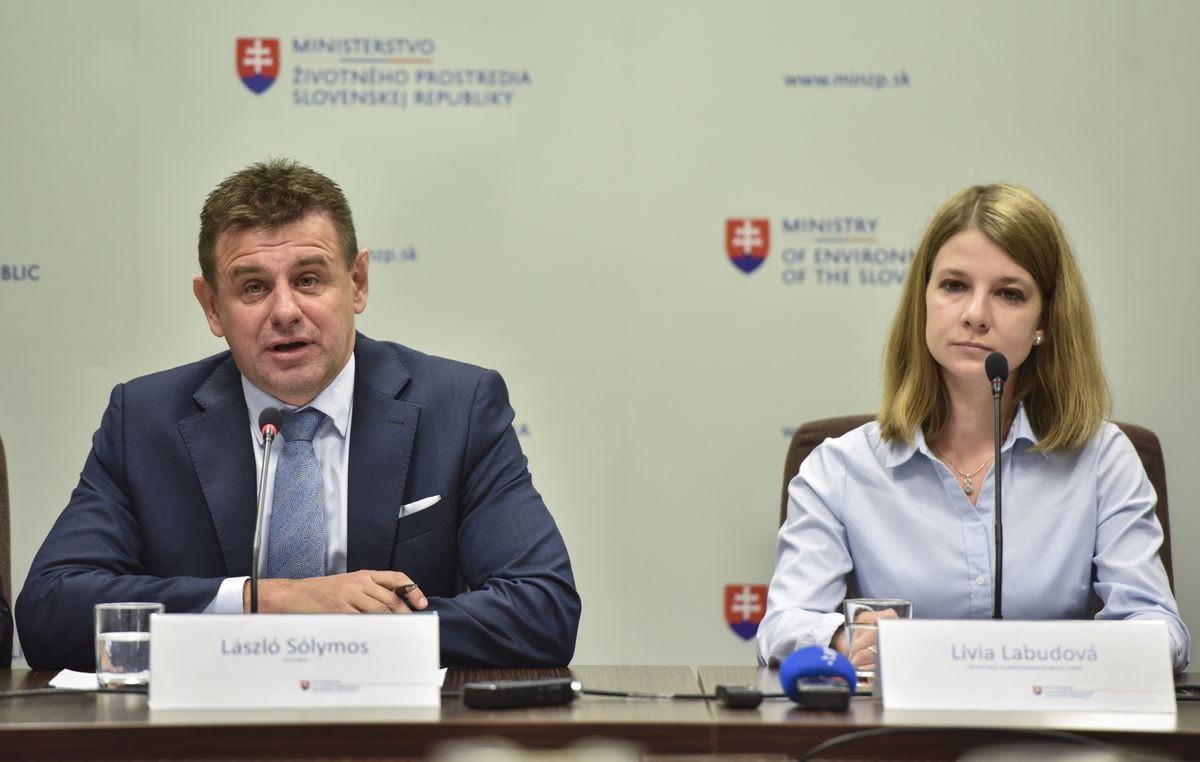Solymos: Some €100 Million to Be Allocated to Measures against Drought

Bratislava, October 10 (TASR) – Environment Minister Laszlo Solymos (Most-Hid) on Tuesday unveiled an Environment Ministry-sponsored action plan entitled ‘H2odnota v krajine’ (Value of H2O in the country) that is aimed at combating the effects of drought in Slovakia, TASR learnt on the same day.
Speaking at a press conference in Bratislava, Solymos along with climatologist Livia Labudova of the Slovak Hydrometeorological Institute (SHMU) presented the action plan’s most important points.
“If anyone has had doubts about global warming, this summer has offered a lot of opportunities to eliminate them. It was enough to look into the wells in the Zahorie area or ask farmers. Drought doesn’t spare Slovakia. It’s hardly predictable and its consequences for the economy as well as for nature itself may take longer,” said the environment minister, adding that compared to other European countries, Slovakia is fortunately doing well in this issue.
Labudova stated that the average annual air temperature in Slovakia increased by one degree Celsius between 1991-2014 compared to the period 1961-1990. This has caused growth in the water demand, she said.
“Naturally dry regions in Slovakia are located in the south of the country and they are gradually moving northwards. SHMU has been monitoring meteorological and agricultural droughts since 2015 and this year the hydrological drought has started to be monitored as well,” said Labudova, adding that in the last three years some part of the country has been affected by drought. This year it was the western part of Slovakia.
The Environment Ministry wants to draw the money needed for the planned measures from the EU funds and from the Environmental Fund.”The sum will exceed €100 million, … only from our ministry are we counting on the support worth €70 million,” said Solymos.
The most important measures of the action plan include planting new forests, increasing the cleaning of sediments in rivers and lakes, supporting measures for capturing rainwater in towns and villages as well as replacing some 510 kilometres of irrigation channels.



